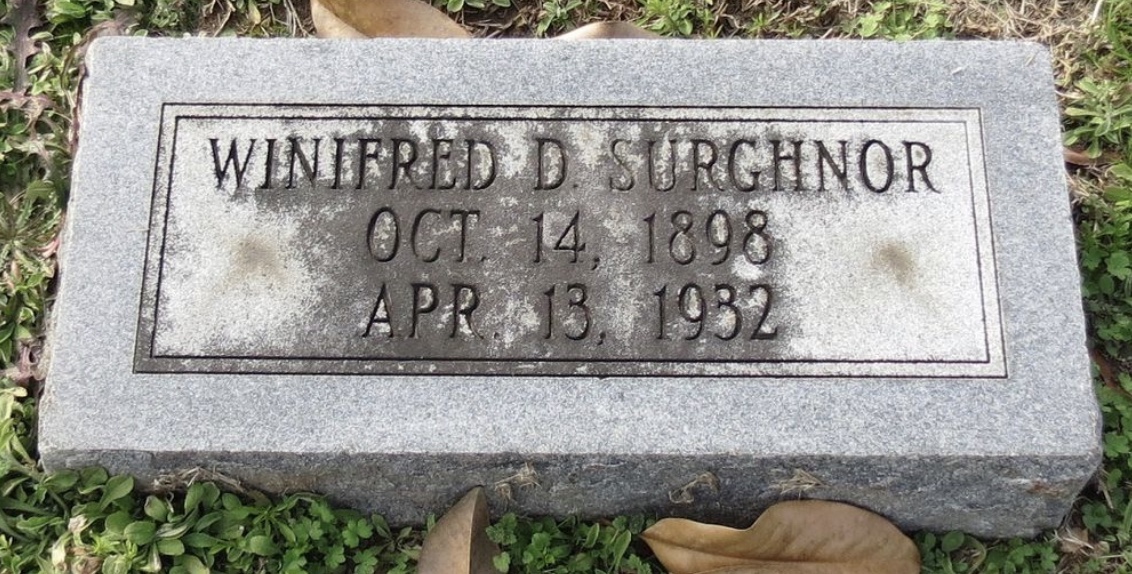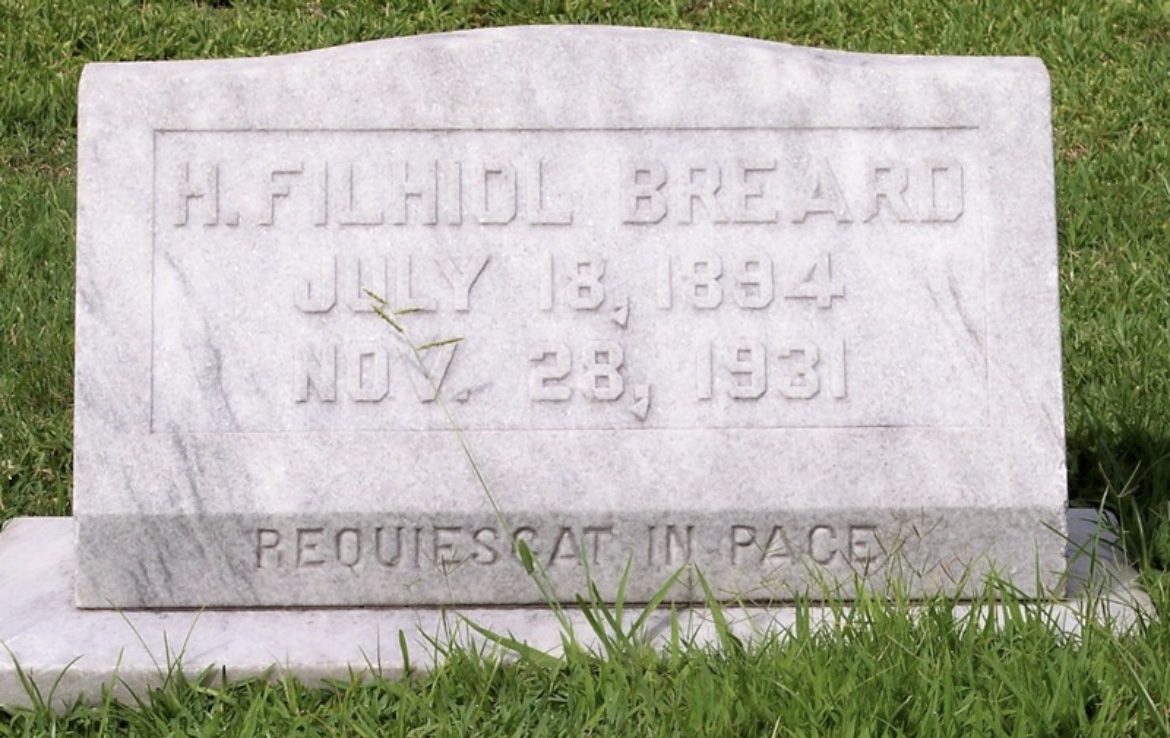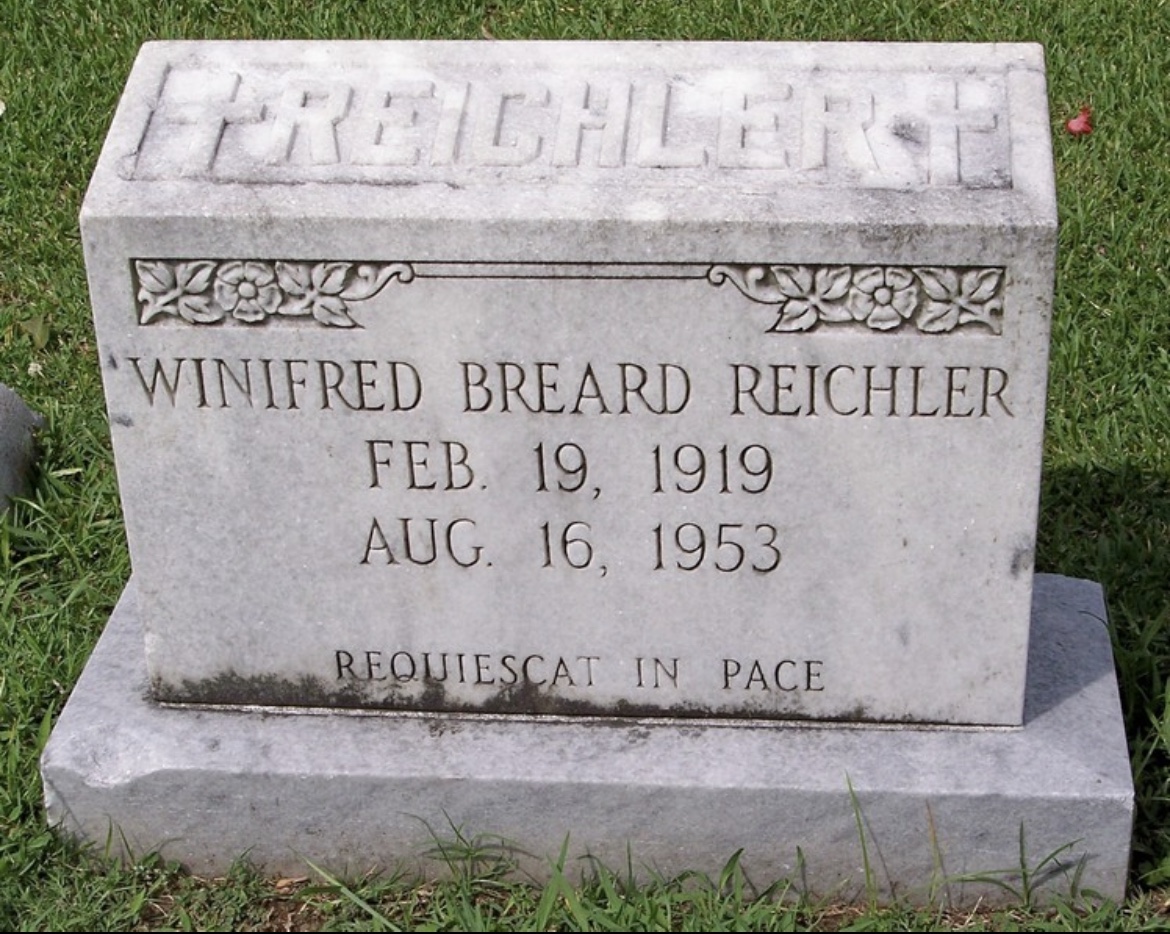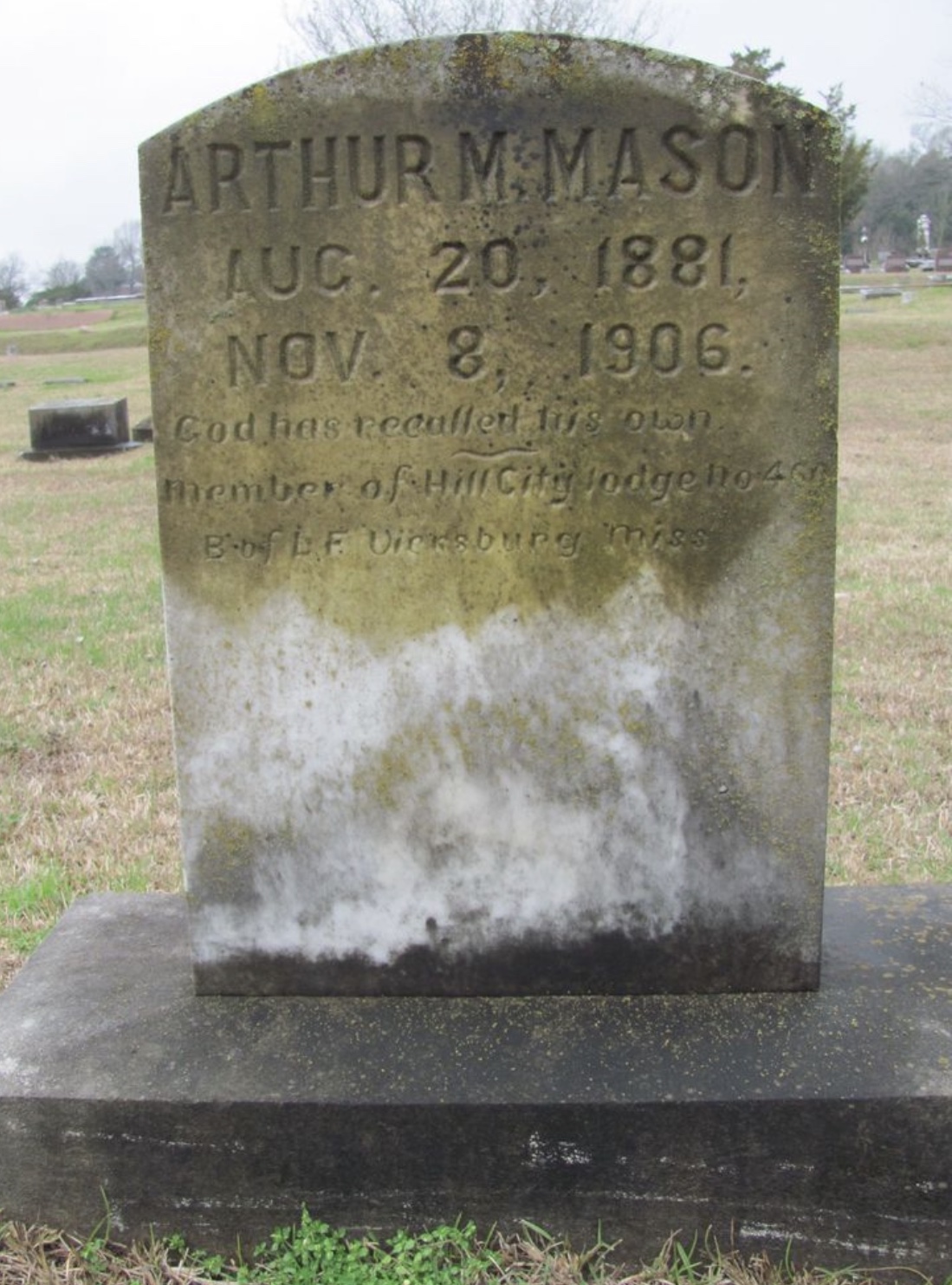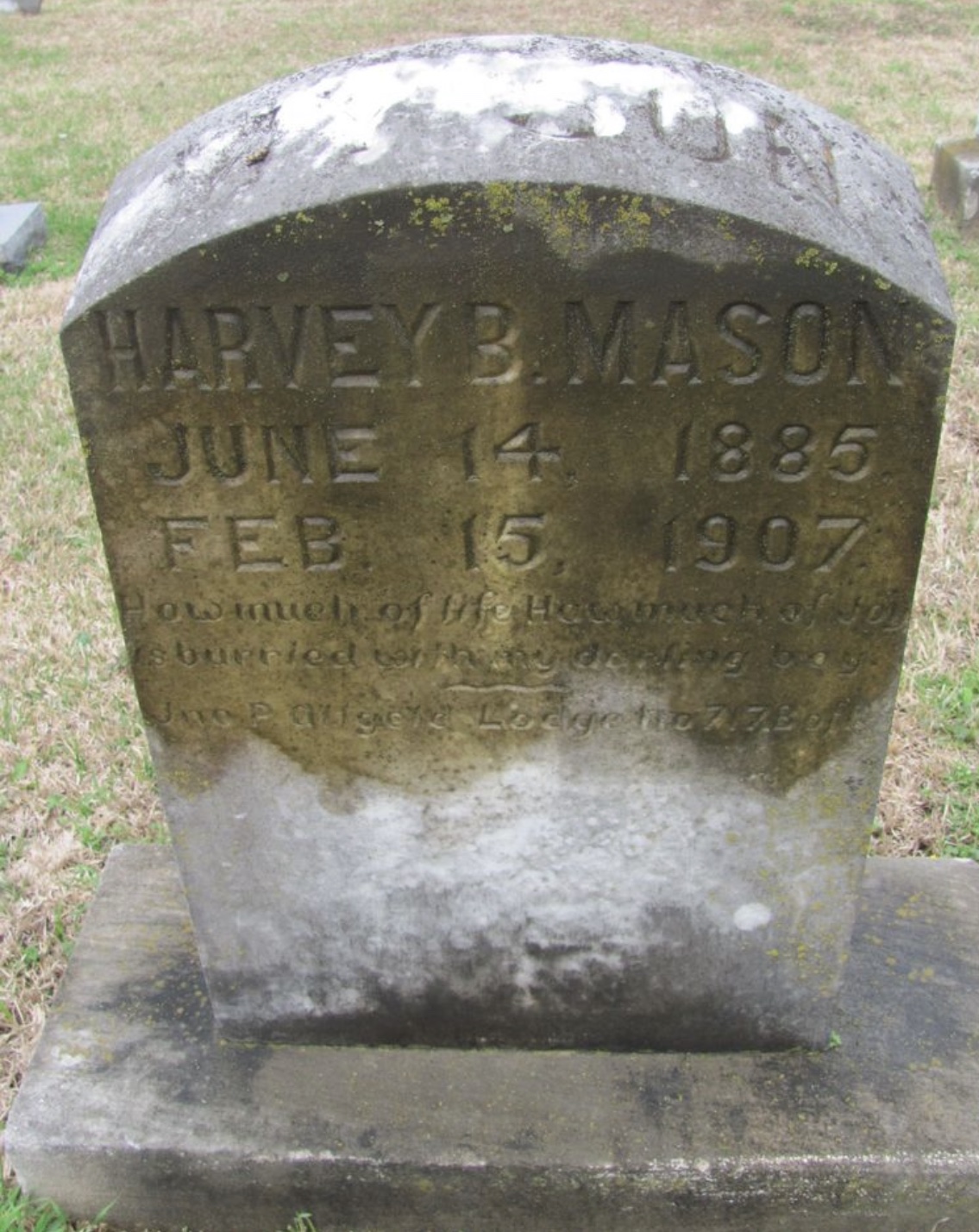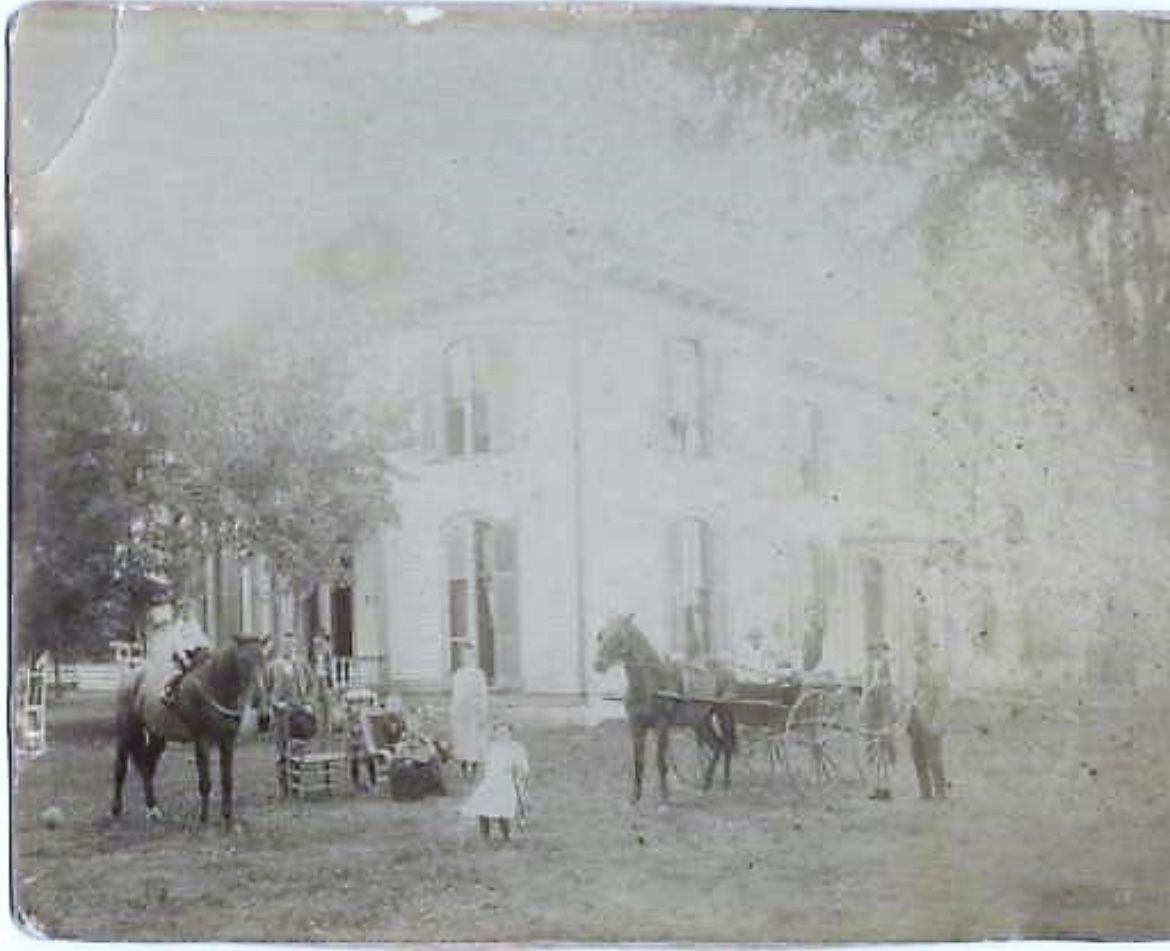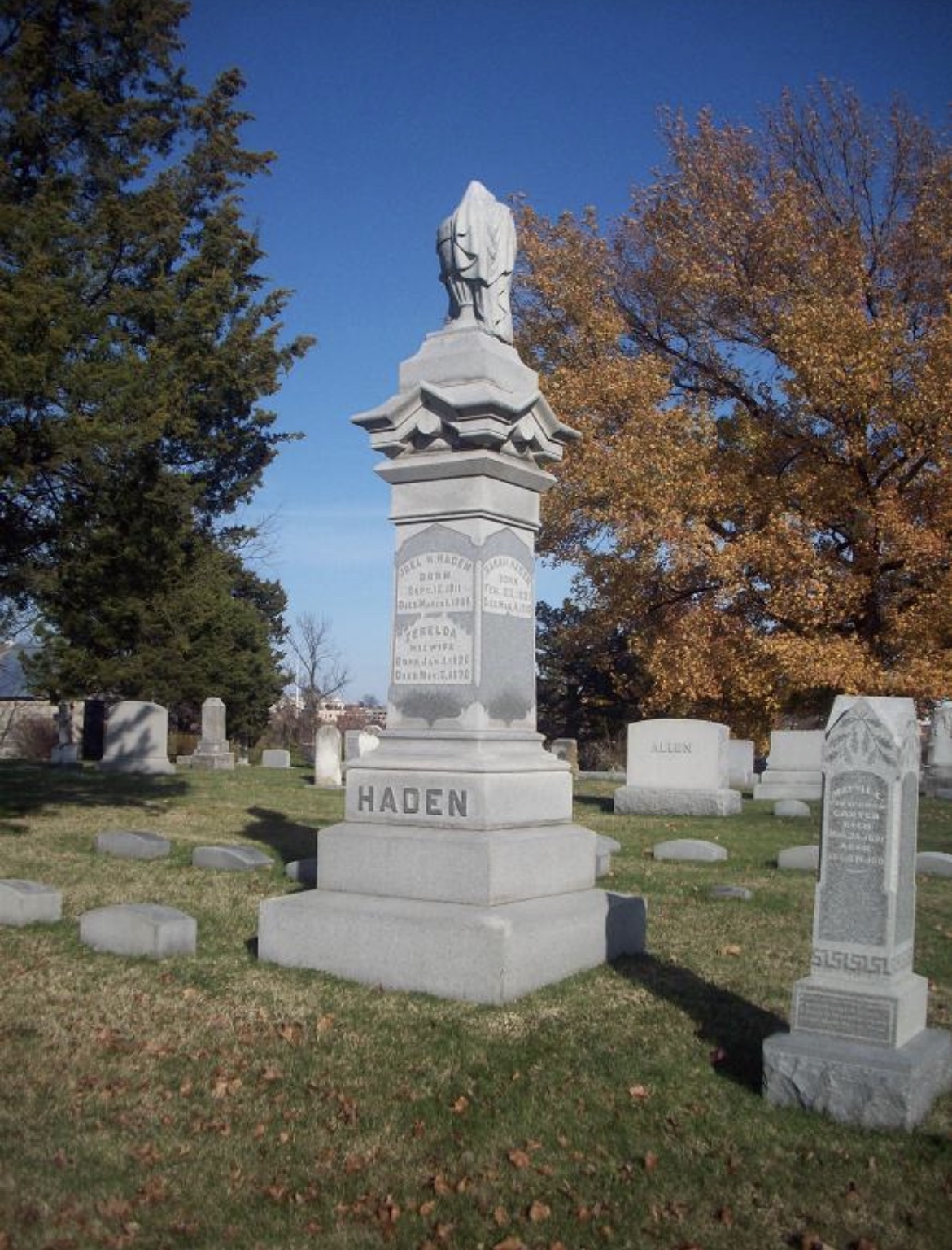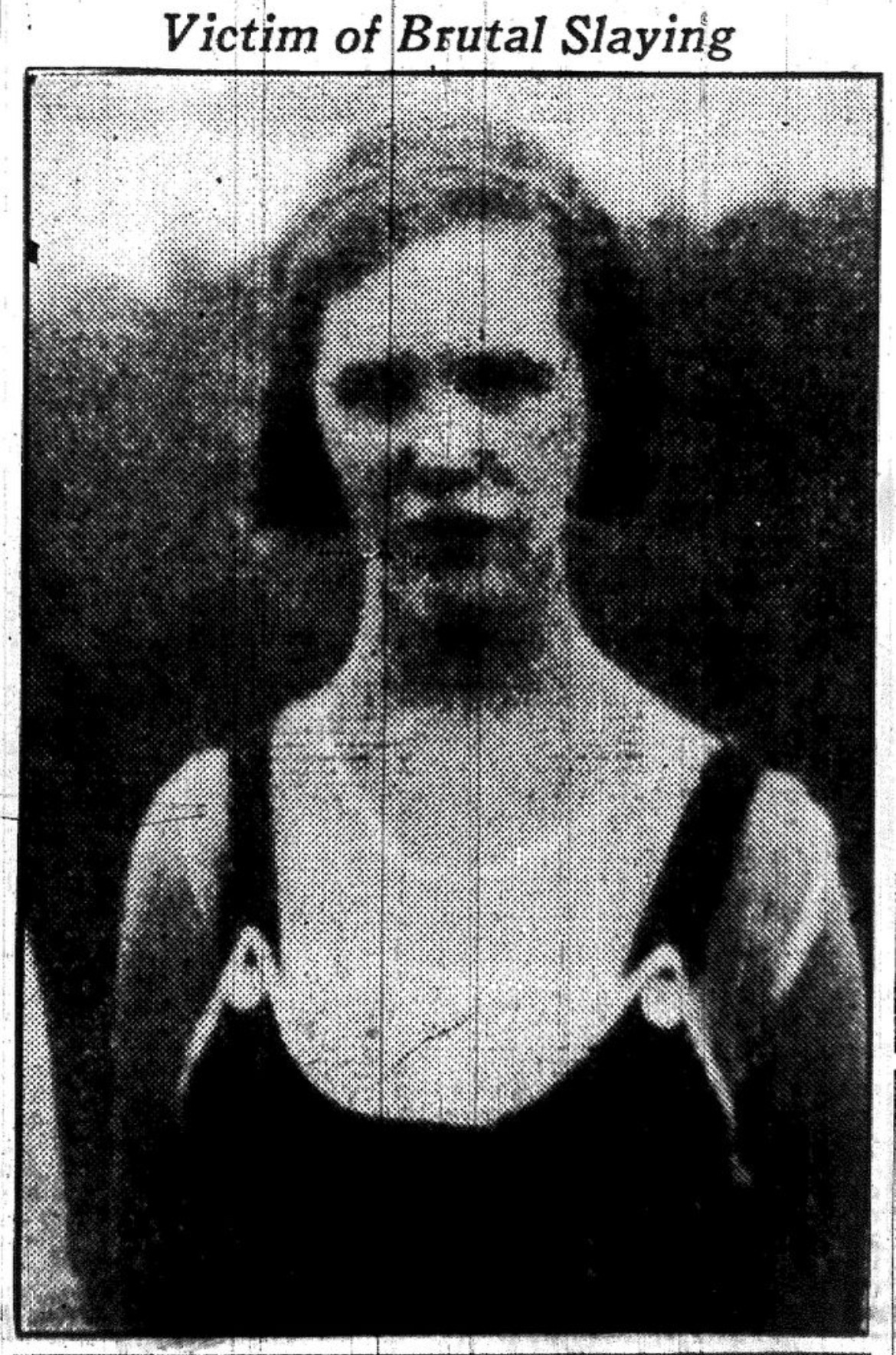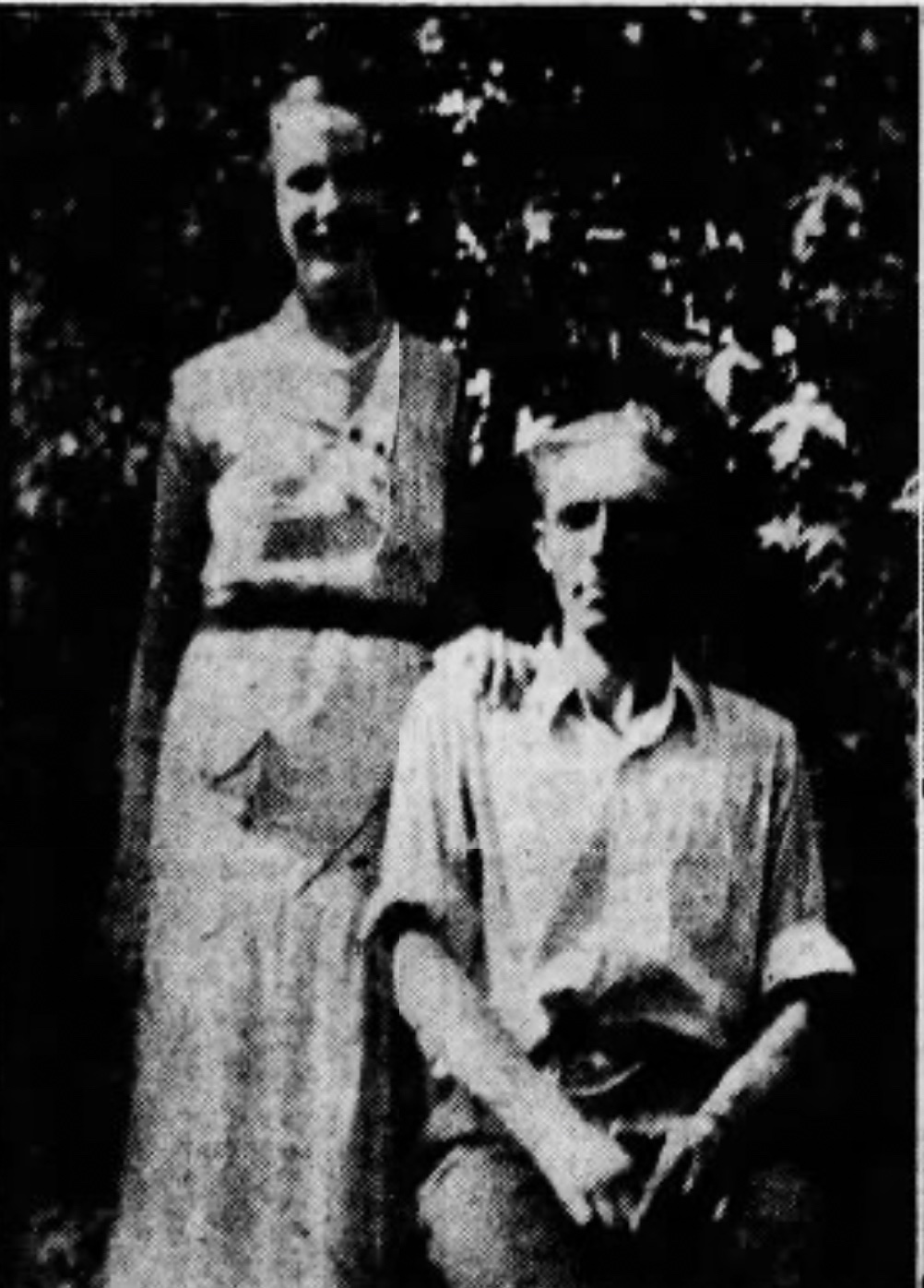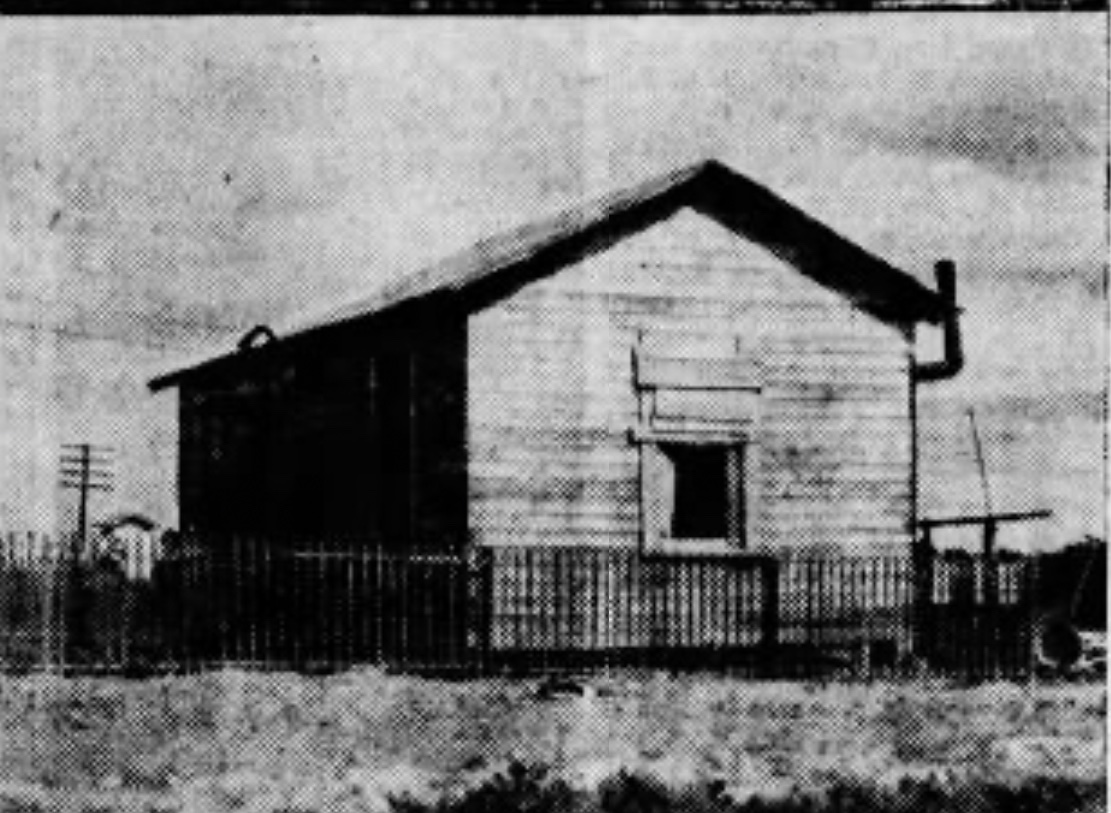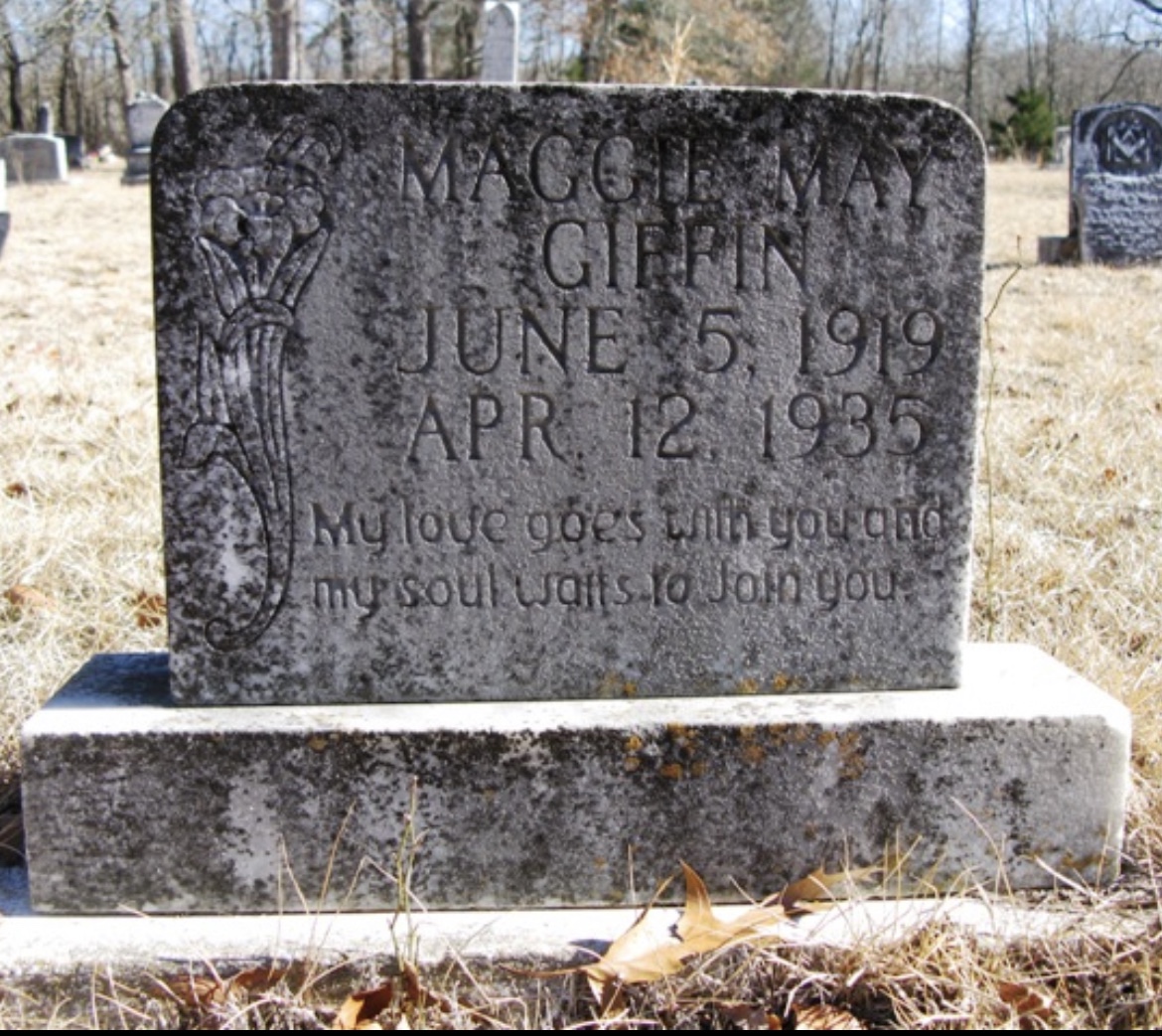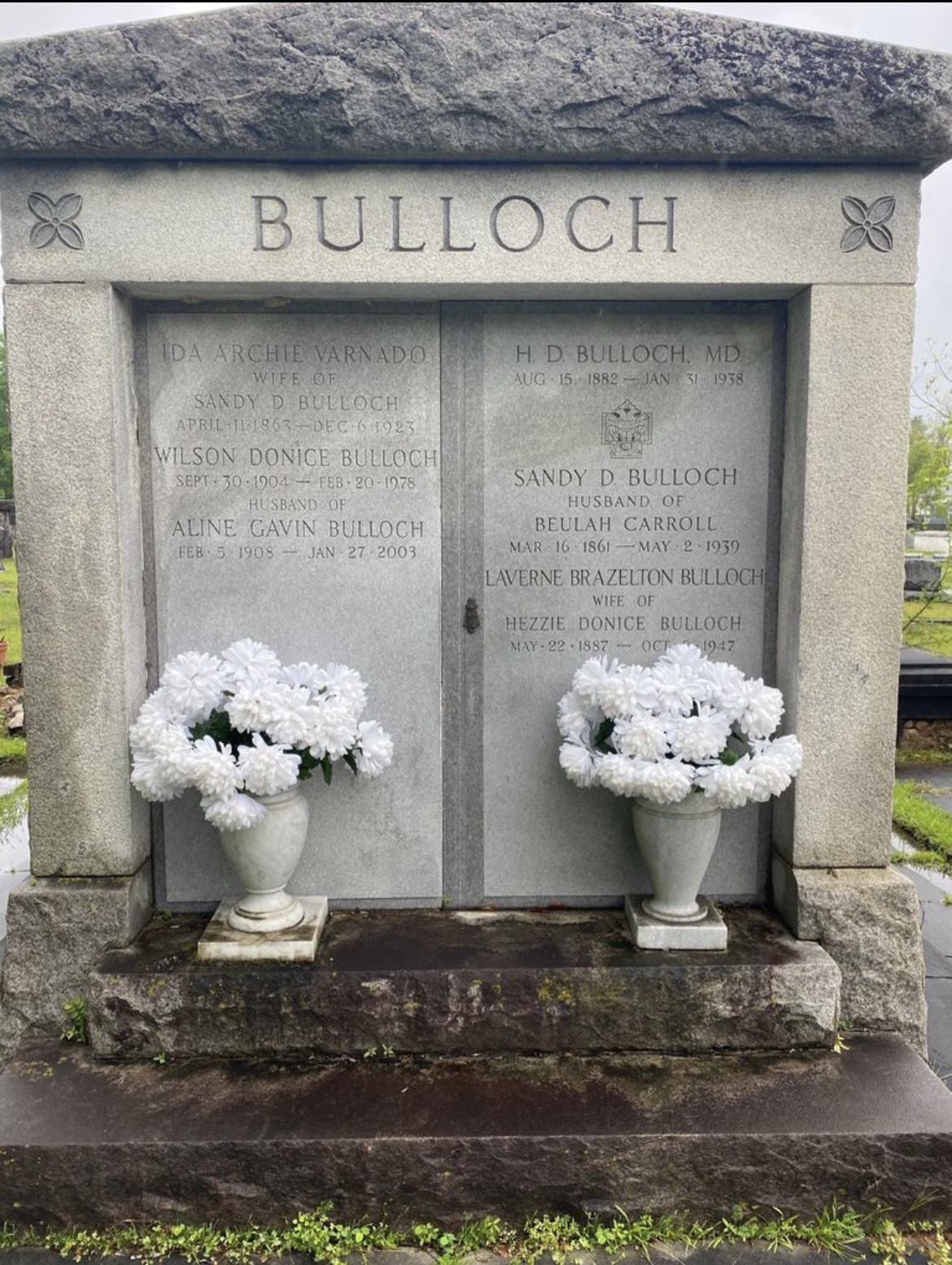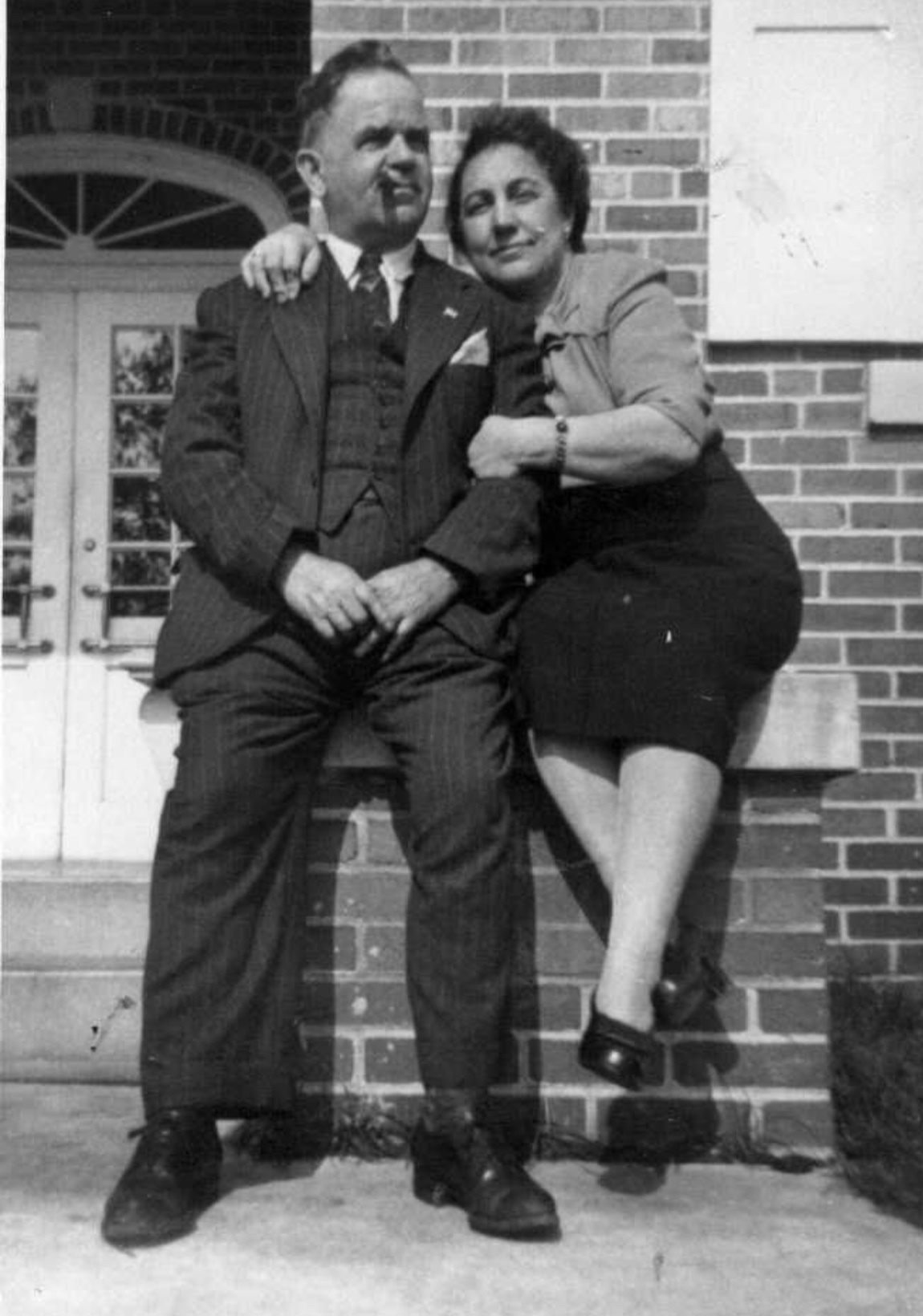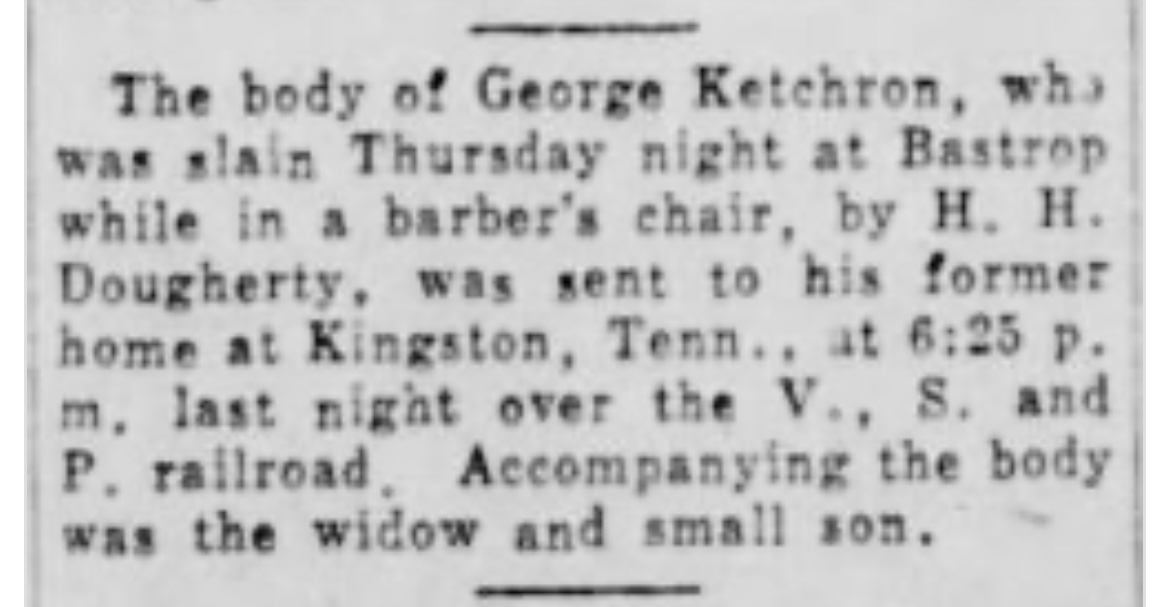The last words uttered by Lawton Snyder Keith in the Bodcau Bayou bottom on December 31, 1937 were this unfinished sentence: “He didn’t even give me a chance…”
The death of Snyder Keith was an absolute fiasco from the beginning. But to understand how they got there, you have to understand a little about stock laws in the 1930’s in Louisiana. A lot of folks, most folks around north Louisiana, had their stock roaming around. This was common practice all over the country. The animals would be either branded or simply had their ears cut with a specific mark. Everyone knew everyone else’s mark and heaven help you if you killed the wrong critter. And that is how this story begins with the Keith boys taking one of their hogs.
Snyder and his brother Cullen were out looking for Cullen’s hog to kill it to butcher. They located the pig down in the Bodcau and shot it. The Keith’s were traveling by boat that day due to the water being up. By the time they had the pig loaded into the boat, trouble was up on them.
Claude Faircloth who was nearby said later he thought they were shooting at him, either on purpose or by accident. Now Claude’s story changed a few times because he also said he went down there to check to see whose pig they had killed. Later he said he knew whose pig it was but wanted to let them know that he didn’t want their hogs ranging out there anymore. Either way, he advanced on the Keith’s with little warning and his gun was loaded and ready.
Not surprisingly an argument broke out pretty quick. Cullen was unarmed as his gun was still in the boat. Cullen being the only eye-witness to the incident, said that Snyder did advance on Claude Faircloth but only after the yelling started. Faircloth raised his 30-30 and shot Snyder in the chest just below the heart. Cullen tried to go for his gun and Faircloth shot at the ground in front of him to prevent him from moving. Cullen is in a bind at this point, he really just wants to get his brother to safety.
Mr. Durden who was working nearby and who also ran the ferry heard all the commotion. He and two of his workers grabbed their firearms and headed into the woods to help. They found Cullen trying to get his brother into the boat. They were able to help him do so and Faircloth fled. Unfortunately, the water was so high and there was no way to get a car or wagon into the area where they were. They had to transfer Synder 5 times! Three times to another boat and twice in vehicles before they got him to the hospital in Shreveport. He would die later that night having quietly begged his brother not to leave his side because he was dying and to say “he never even gave me a chance…”
Witnesses would later testify that Faircloth had around 8 hogs in the Bodcau area and was taking it upon himself to stay nearby to “stop hog thieves.” He had insinuated that the Keith boys were some of the hog thieves. According to Cullen Keith, Snyder Keith had not shot at Faircloth at any point. The only rounds that had come from Keith’s gun were when they shot the hog. Snyder Keith also has a hard time shooting, he had lost partial use of his right arm in a car accident several years before which made it hard for him to shoot without being able to take a slow aim and brace the gun. There was little likelihood that he would have attempted to get into a gunfight with Faircloth anyway.
The police investigation was hindered due to flood waters and evidence may have been lost due to this. The Keith family went back into the area looking for clues and found a couple of spent shells but these could not be directly linked to Snyder Keith’s gun. And he had been shooting at the pig just before the fight started so it stood to reason that there would be spent casings. All of the circumstantial evidence would be inconclusive.
The trial was absolutely sensational. It went for several days and it all boiled down to Cullen’s testimony versus Claude Faircloth. Character witnesses were brought in. And in the end, the jury found that Faircloth had acted in self-defense fearing for his life that day.
Lawton Snyder Keith is buried in Lay Cemetery in Benton, Louisiana. Cullen Keith is buried in Hillcrest Memorial Park in Red Chute, Louisiana. Cullen lived to be 88 years old, a beloved grandfather.
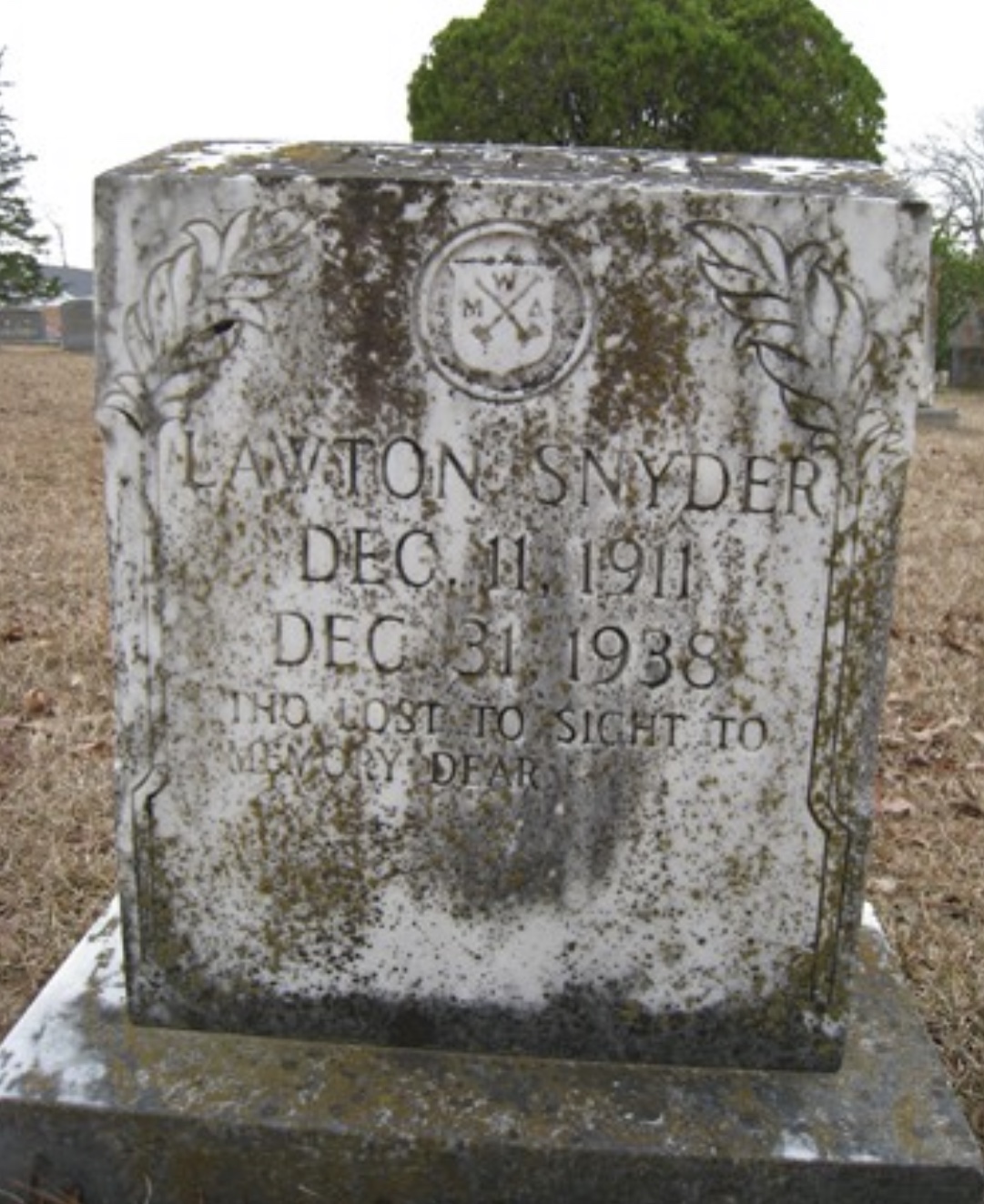
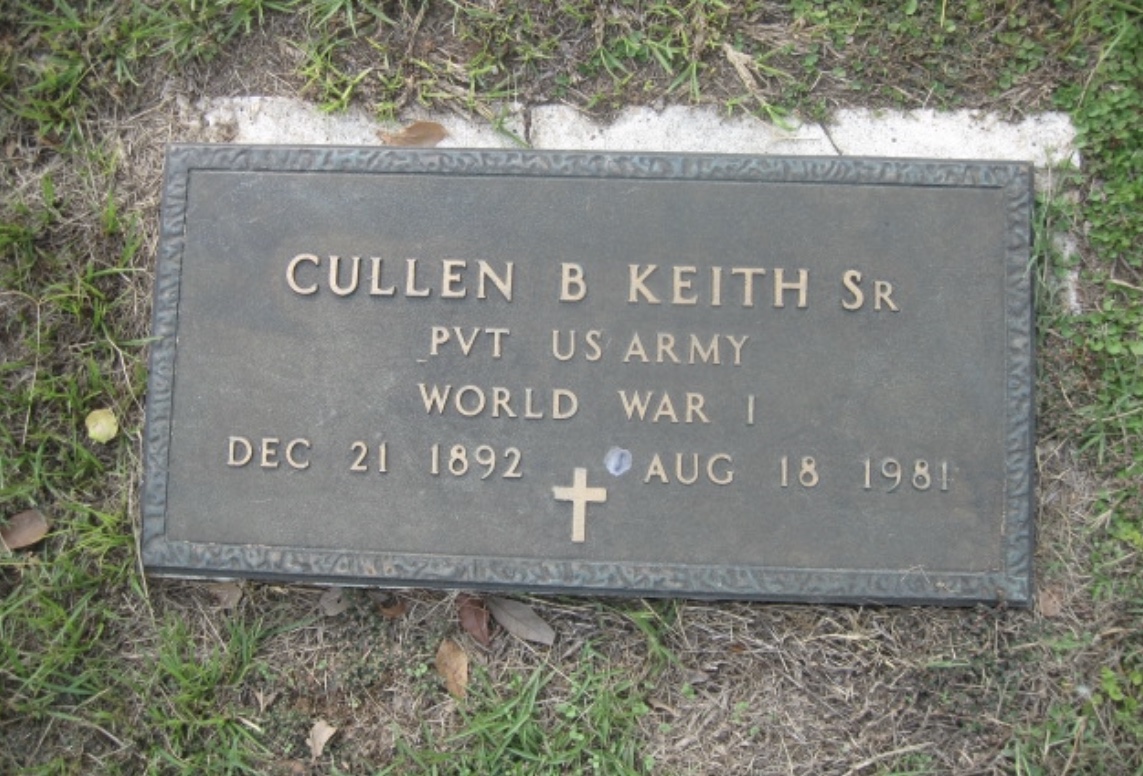
And Claude Faircloth who made quite sure that nobody was “stealing hogs” on the Bodcau? Well he is buried in Bellevue Cemetery in Bellevue, Louisiana.

Situations such as this one is why stock laws changed in the south. In fact, dispute over the ownership of a hog is what escalated the Hatfield and McCoy feud. We would discover in this part of the country that good fences do indeed make good neighbors.

